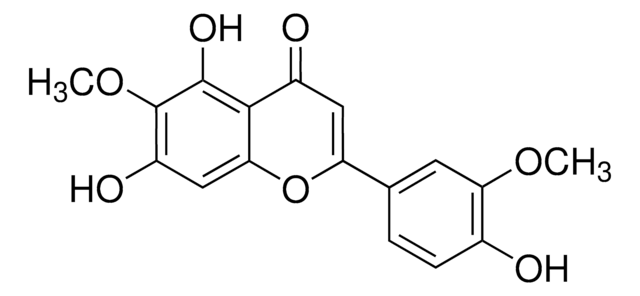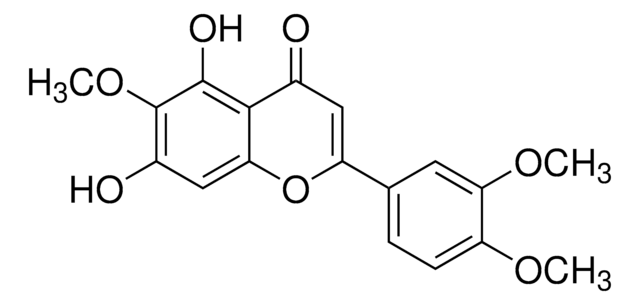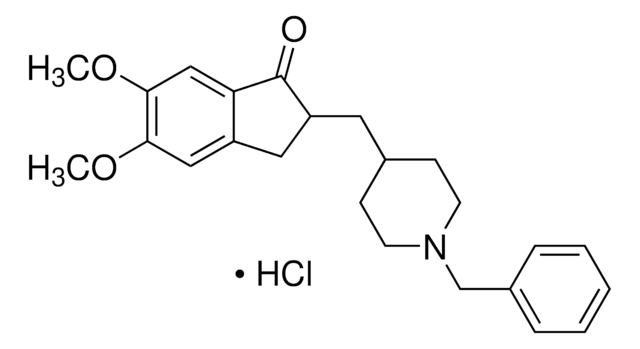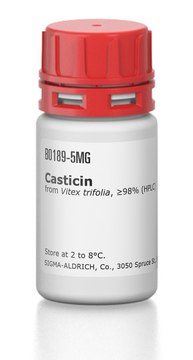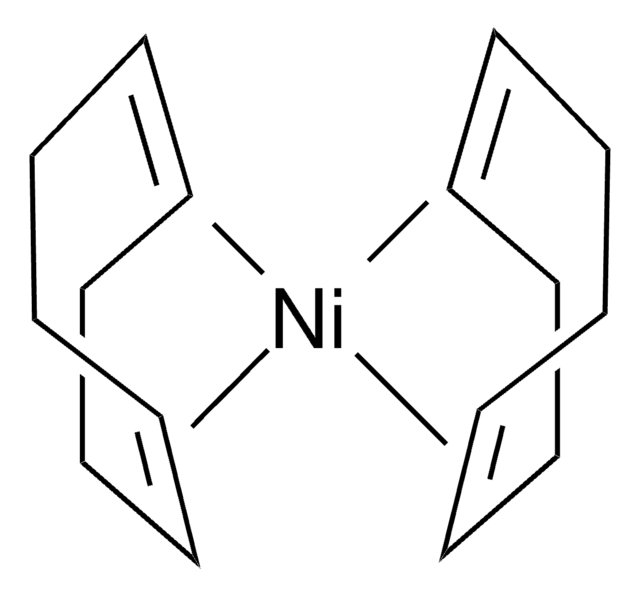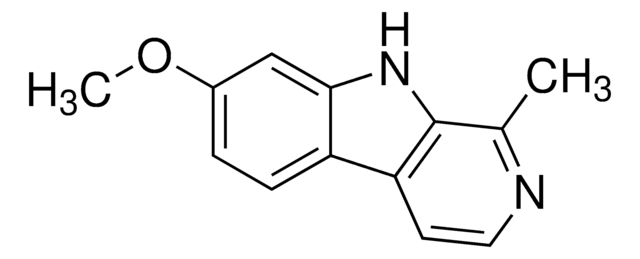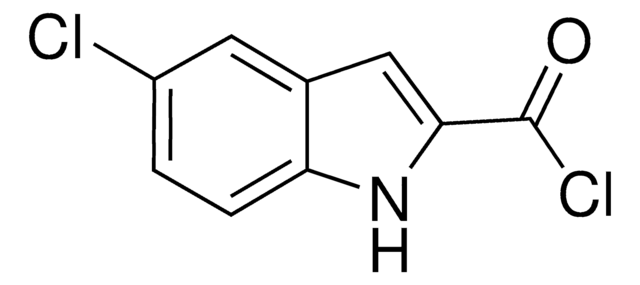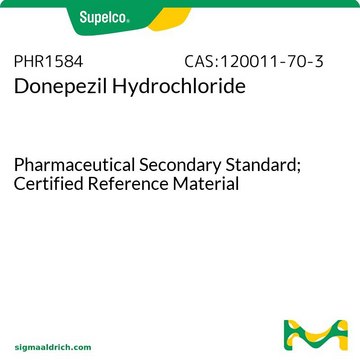SML1689
Eupatilin
from (Isolated from Artemisia sp.), ≥98% (HPLC), powder, lipophilic flavonoid
别名:
2-(3,4-Dimethoxyphenyl)-5,7-dihydroxy-6-methoxy-4H-1-benzopyran-4-one, 5,7-Dihydroxy-3′,4′,6-trimethoxyflavone, NSC 122413
登录查看公司和协议定价
所有图片(1)
About This Item
经验公式(希尔记法):
C18H16O7
CAS号:
分子量:
344.32
MDL编号:
UNSPSC代码:
12352200
PubChem化学物质编号:
NACRES:
NA.77
推荐产品
产品名称
Eupatilin, ≥98% (HPLC)
生物来源
(Isolated from Artemisia sp.)
质量水平
方案
≥98% (HPLC)
表单
powder
储存条件
desiccated
protect from light
颜色
white to beige
溶解性
DMSO: 20 mg/mL, clear
储存温度
−20°C
SMILES字符串
O=C1C=C(C2=CC=C(OC)C(OC)=C2)OC3=CC(O)=C(OC)C(O)=C31
InChI
1S/C18H16O7/c1-22-12-5-4-9(6-14(12)23-2)13-7-10(19)16-15(25-13)8-11(20)18(24-3)17(16)21/h4-8,20-21H,1-3H3
InChI key
DRRWBCNQOKKKOL-UHFFFAOYSA-N
正在寻找类似产品? 访问 产品对比指南
应用
Eupatilin has been used to investigate its inhibitory effects on intracranial hemorrhage (ICH)-induced inflammation and its anti-inflammatory mechanisms in mouse BV2 cells, in vitro. It has also been used as a standard for its quantitative estimation in Artemisia extracts by microcolumn high performance liquid chromatography with diode array (HPLC-DAD) assay.
生化/生理作用
Eupatilin is a flavone with anti-oxidative, anti-inflammatory, and anti-cancer properties.
Eupatilin is an important constituent in the leaves of Artemisia argyi and also an active component of DA-9601. It exhibits anti-apoptotic effects. Eupatilin provides protection against tumor necrosis factor α (TNF-α)-mediated inflammation in human umbilical vein endothelial cells. It is used in the treatment of gastritis and peptic ulcers. Eupatilin safeguards gastric epithelial cells from oxidative damage and smooth muscle cells from indomethacin-induced cell damage. Eupatilin lowers bile acid-stimulated hepatocyte apoptosis.
储存分类代码
11 - Combustible Solids
WGK
WGK 3
闪点(°F)
Not applicable
闪点(°C)
Not applicable
从最新的版本中选择一种:
分析证书(COA)
Lot/Batch Number
Eupatilin attenuates the inflammatory response induced by intracerebral hemorrhage through the TLR4/MyD88 pathway
Fei X, et al.
International Immunopharmacology, 76, 105837-105837 (2019)
Bioactive phenolics of the genus Artemisia (Asteraceae): HPLC-DAD-ESI-TQ-MS/MS profile of the Siberian species and their inhibitory potential against alpha-amylase and alpha-glucosidase
Olennikov DN, et al.
Frontiers in Pharmacology, 9, 756-756 (2018)
Eupatilin inhibits lipopolysaccharide-induced expression of inflammatory mediators in macrophages
Choi EJ, et al.
Life Sciences, 88(25-26), 1121-1126 (2011)
Yawei Wang et al.
Molecular medicine reports, 13(2), 1141-1146 (2015-12-18)
Eupatilin, one of the major flavonoids in Artemisia asiatica Nakai (Asteraceae), has been reported to possess antitumor properties. However, thus far there have been no reports regarding the effects of eupatilin on glioma. Therefore, in the current study the effects
Antonia Wiegering et al.
Molecular biology of the cell, 32(8), 675-689 (2021-02-25)
A range of severe human diseases called ciliopathies is caused by the dysfunction of primary cilia. Primary cilia are cytoplasmic protrusions consisting of the basal body (BB), the axoneme, and the transition zone (TZ). The BB is a modified mother
我们的科学家团队拥有各种研究领域经验,包括生命科学、材料科学、化学合成、色谱、分析及许多其他领域.
联系技术服务部门